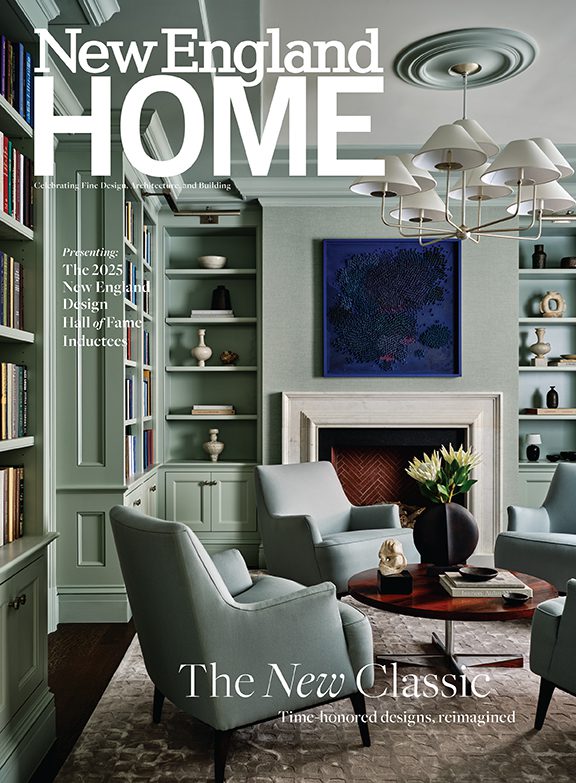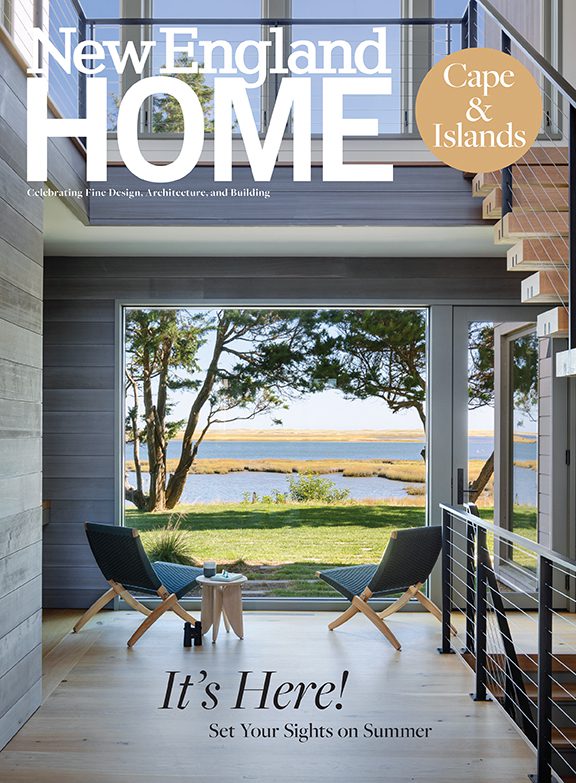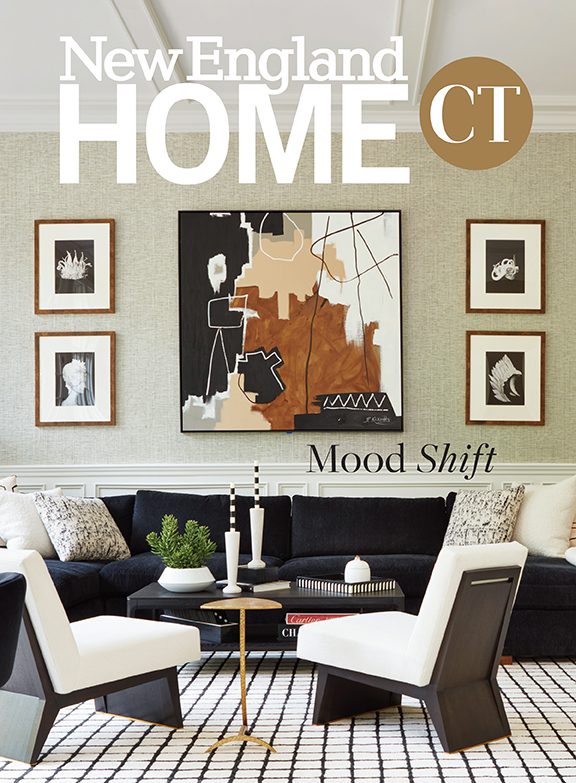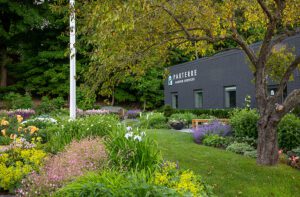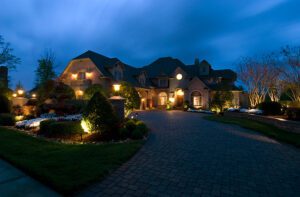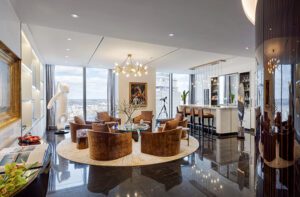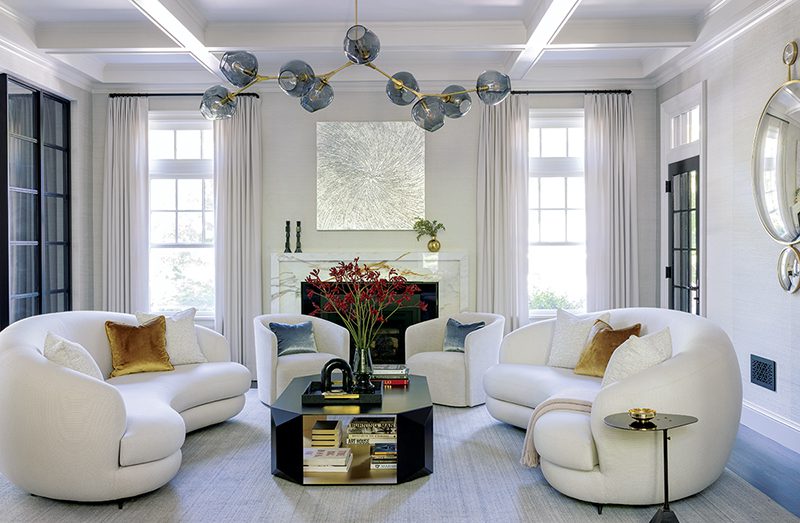Five Questions: Sergio Mazon
April 9, 2015
Lighting designer Sergio Mazon is passionate about the role proper illumination can—and should—play in your life.
Text by Kyle Hoepner Photography by Trevor Reid
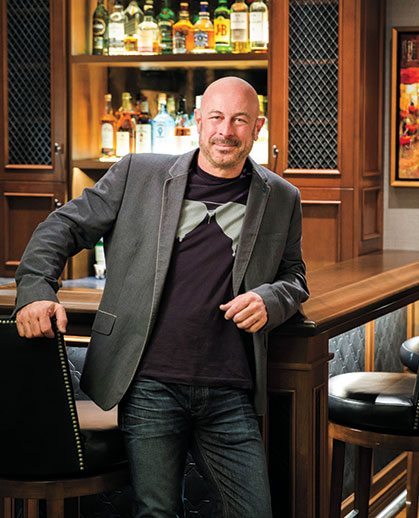
What essential things should homeowners know about lighting design?
Lighting, in a sense, is the most important element in design. Lighting reveals the world around you; it enables you to see and experience a space. It shapes your environment and evokes feelings and moods. Good lighting design will provide ambience, comfort, and functionality. It’s not just about what your lighting fixtures look like or how many you have, but how bright they are, how they distribute the light, where they should be placed, and how you can control them.
Good lighting makes a useful and pleasant space. Bad lighting can cost a lot and ruin the look of your rooms.
Are there telltale signs of lighting that is less than optimal?
Do you have a room that seems too dark, too bright, too full of glare, or just “feels wrong”? If so, your lighting isn’t doing its job. Common examples can include walls that make artwork look shadowy or dingy, areas that are uncomfortable for activities like reading or watching TV, dining rooms where it’s hard to see your food, and bathroom mirrors that interfere with shaving or putting on makeup.
Ask yourself these three questions: 1) Do I like what I see? 2) Do I like how I feel in here? 3) Is it easy to do the things I want or need to do in this space?
How does a lighting designer’s role dovetail with the work of architects and interior designers?
Consumers have no shortage of options for lighting advice today. Educational programs for architects and interior designers sometimes include training in lighting design. Associates at lighting showrooms and sales representatives for lighting lines will often consult on design.
Lighting technology is changing constantly, however. The lighting designer is the “geek” who understands the art of lighting and the technology and equipment required to make it work appropriately. An independent lighting designer can recommend the best mix of products from different sources.
So hiring a professional lighting designer to work with your architect or interior designer (or contractor, or electrician) can help ensure the best outcome for your project.
What developments in the world of lighting most excite you right now?
LEDs are the biggest excitement at the moment, but also the biggest concern. LED technology has advanced a lot, and offers real advantages, such as low heat, energy savings, longer life, and low maintenance. LEDs are also small enough to go in many places earlier bulbs couldn’t, which opens up new design possibilities. But—LEDs are challenging to work with. Integrating them with dimmers is tricky, for instance. And it is very hard to separate good-quality products from the flood of inferior options. One must be careful.
What is the most beautifully lit public space you know of in New England?
Boston’s Zakim Bridge and Custom House tower are both beautifully lit at night. Light, though, can be so much more. My favorite in New England is the Fourth of July fireworks celebration in Boston. The thirty-minute show, choreographed to music, is simply spectacular. Still, the most impressive public lighting display I have seen was the art installation Tribute in Light in remembrance of 9/11. Created by searchlights, two vertical columns of light represented the Twin Towers in the night skyline of New York City. It was simple, but extremely powerful.
Mazon Lighting Design, Boston, (617) 501-8822, mazonlighting.com
Share
![NEH-Logo_Black[1] NEH-Logo_Black[1]](https://b2915716.smushcdn.com/2915716/wp-content/uploads/2022/08/NEH-Logo_Black1-300x162.jpg?lossy=1&strip=1&webp=1)
